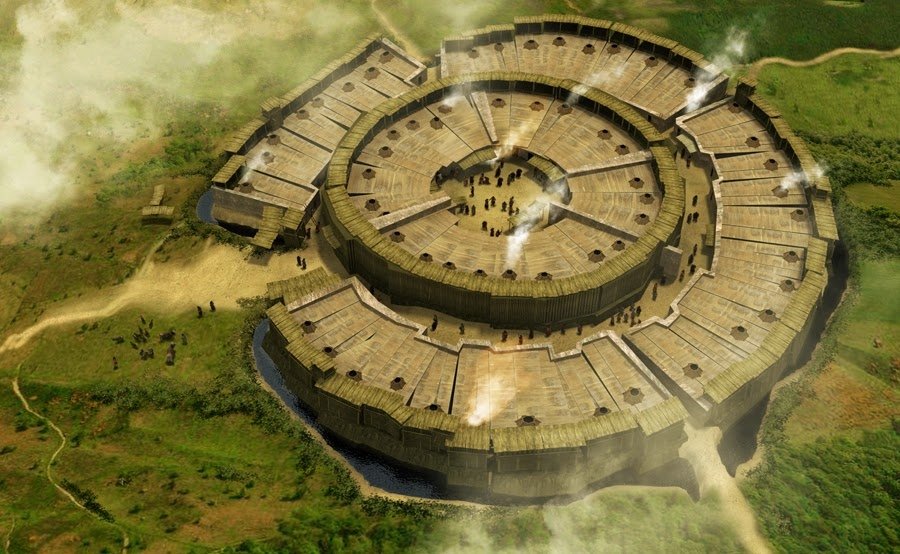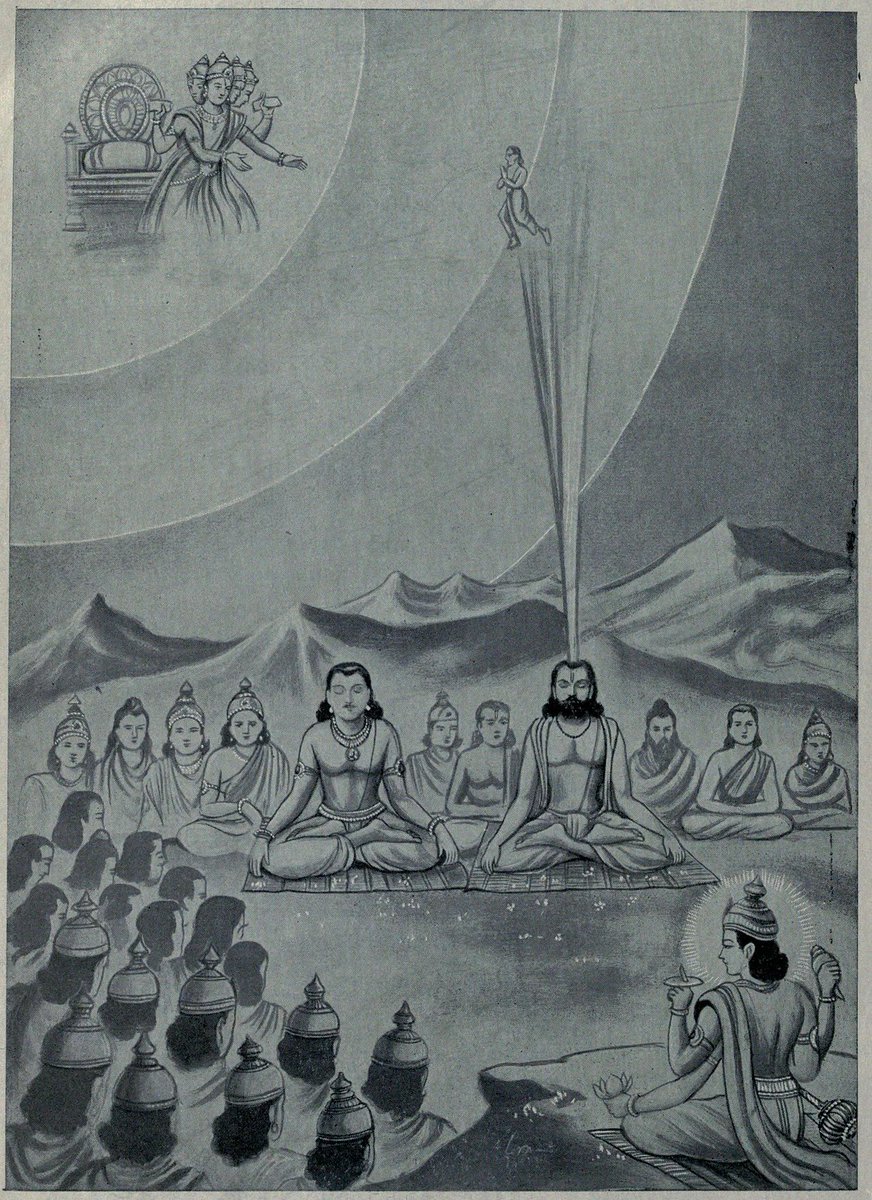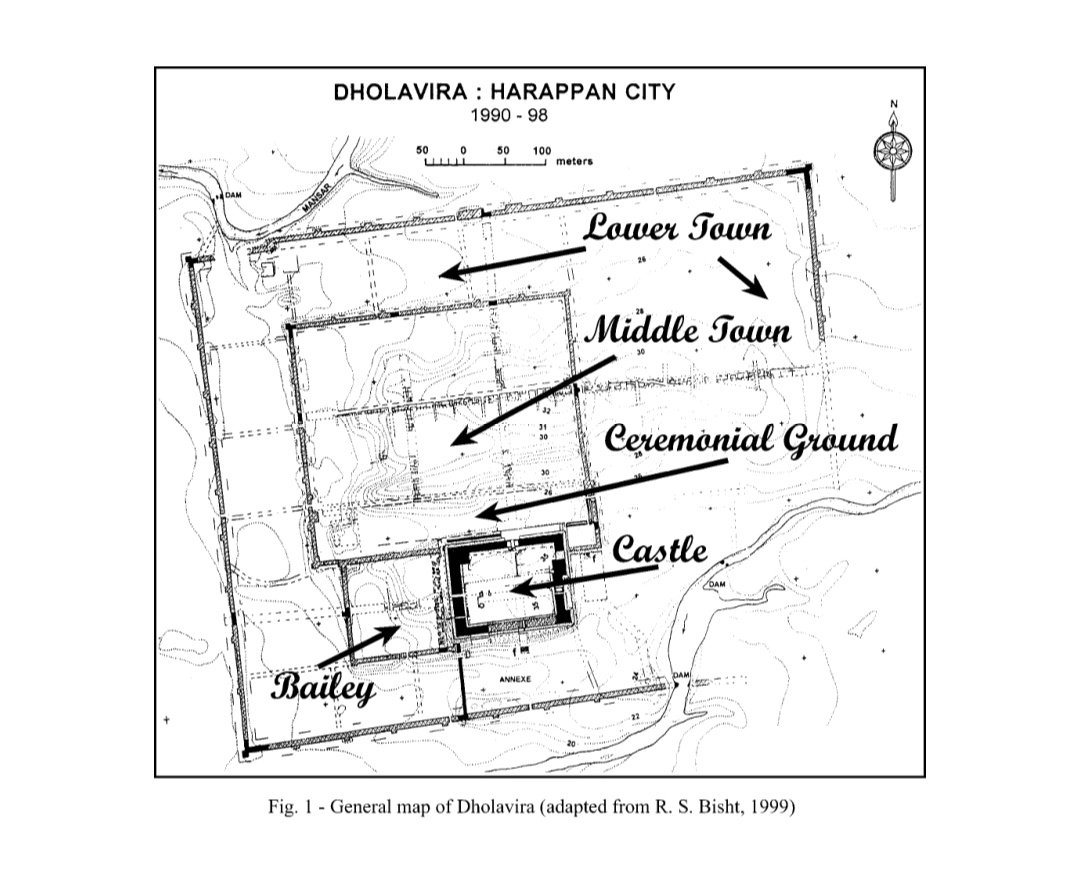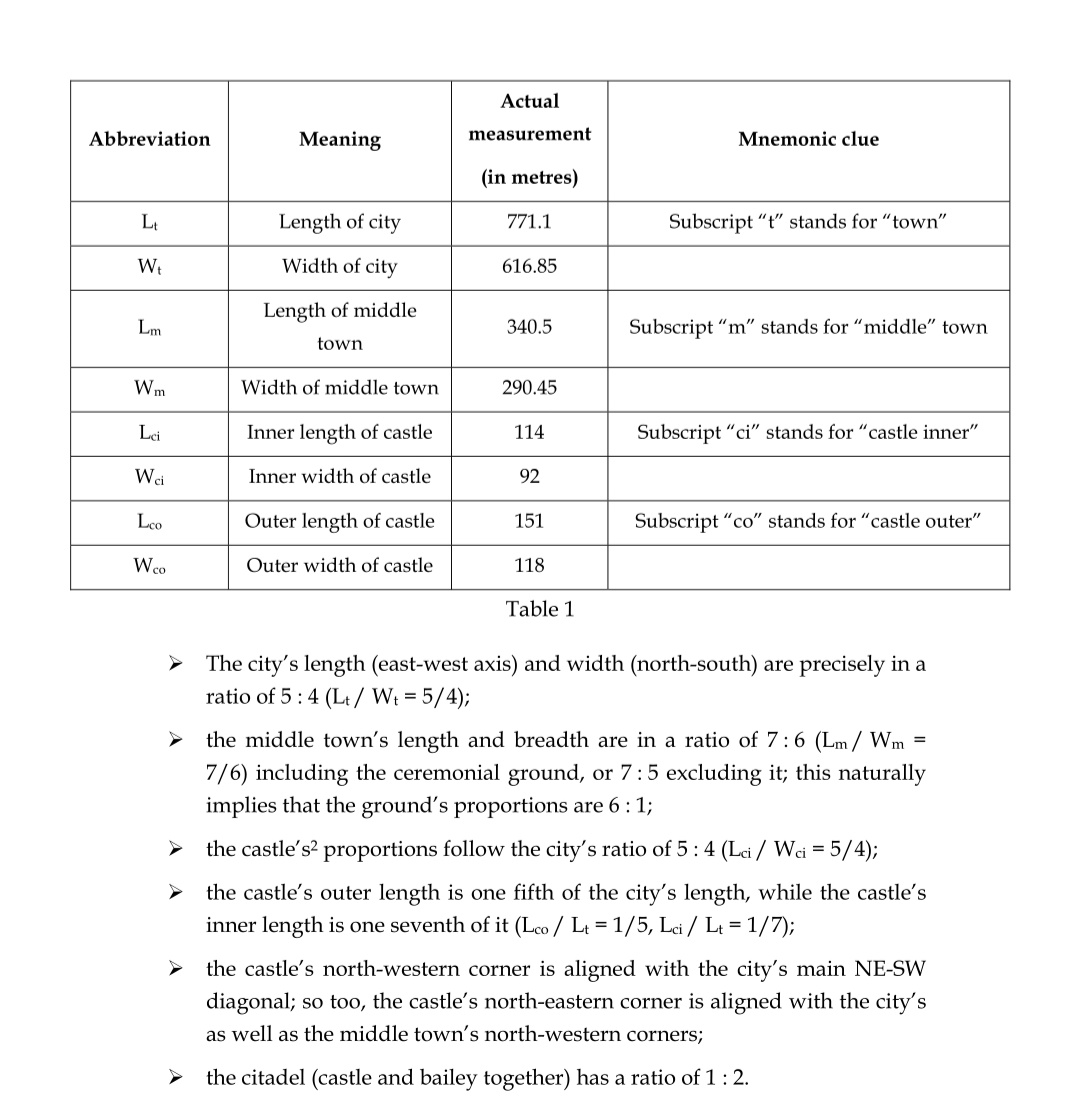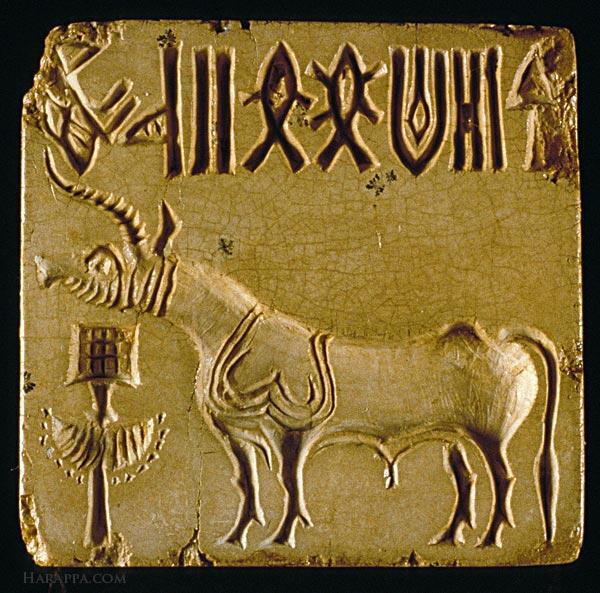
Rig Veda 1.22.17
"Viṣṇu traversed this (world); three times he plural nted his foot and the whole (world) was collected in the dust of his (footstep).”
Ṛṣi (sage/seer): medhātithiḥ kāṇvaḥ
"Viṣṇu traversed this (world); three times he plural nted his foot and the whole (world) was collected in the dust of his (footstep).”
Ṛṣi (sage/seer): medhātithiḥ kāṇvaḥ
the three paces of Viṣṇu imply the presence of Viṣṇu in the three regions of earth, air and heaven, in the forms of Agni, Vāyu and Sūrya, fire, wind and the sun.
According to Śākapūṇi, the step was on earth, in the firmament, in heaven; according to Aurṇavābha on Samārohaṇa or the eastern mountain, on Viṣṇupada the meridian sky and Gayaśiras the western mountain,
thus identifiying Viṣṇu with the Sun, and his three paces with the rise, culmination, and setting of that luminary
• • •
Missing some Tweet in this thread? You can try to
force a refresh


